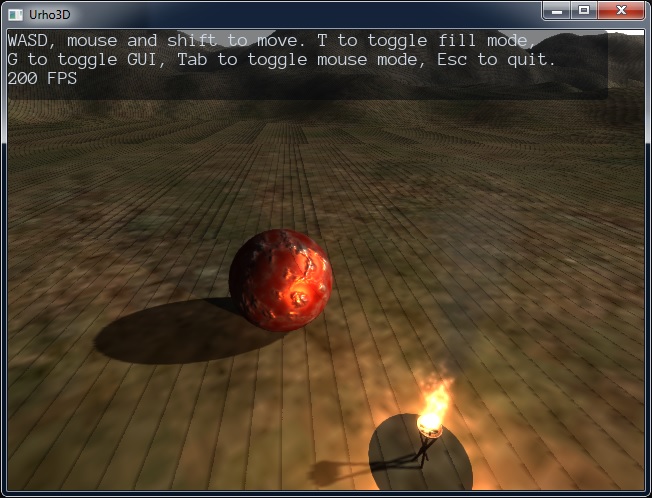Maybe this is already known:

Those black lines are only there in DirectX 11. OpenGL and DX9 work fine.
Sometimes this is accompanied by errors such as:
[quote][Mon Dec 14 14:20:25 2015] ERROR: Failed to create input layout for shader Shadow(), missing element mask 8
[Mon Dec 14 14:20:25 2015] ERROR: Failed to create input layout for shader Shadow(SKINNED), missing element mask 8
[Mon Dec 14 14:20:26 2015] ERROR: Failed to create input layout for shader level_1_terrain(DIRLIGHT PERPIXEL SHADOW VERTEXCOLOR), missing element mask 8[/quote]
(these errors are from a different project with custom shaders)
The black line appear in this project:
github.com/gawag/UrhoSampleProject
It only uses default shaders&techniques.
That terrain is the default Urho terrain (same material&textures).
The printed errors seem to depend on the Urho version. Some GitHub pulls have them, some not. There seems to be some activity in that area in the last days.
But what about the lines?
The Urho samples look fine.
The lines are also there when removing the skybox, the planet, the torch (with it’s light source and effects), the postprocess effects and the sun billboard.


